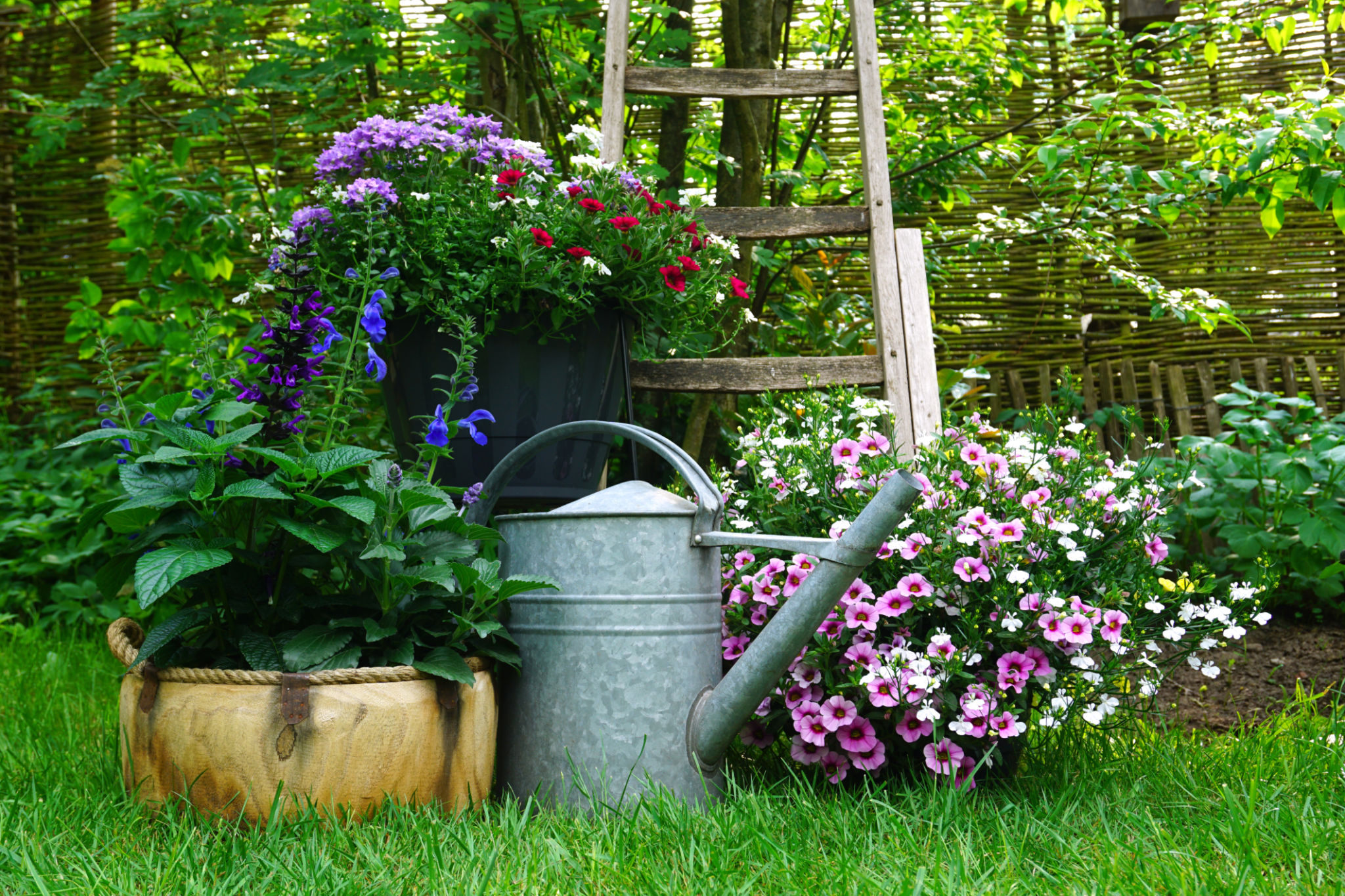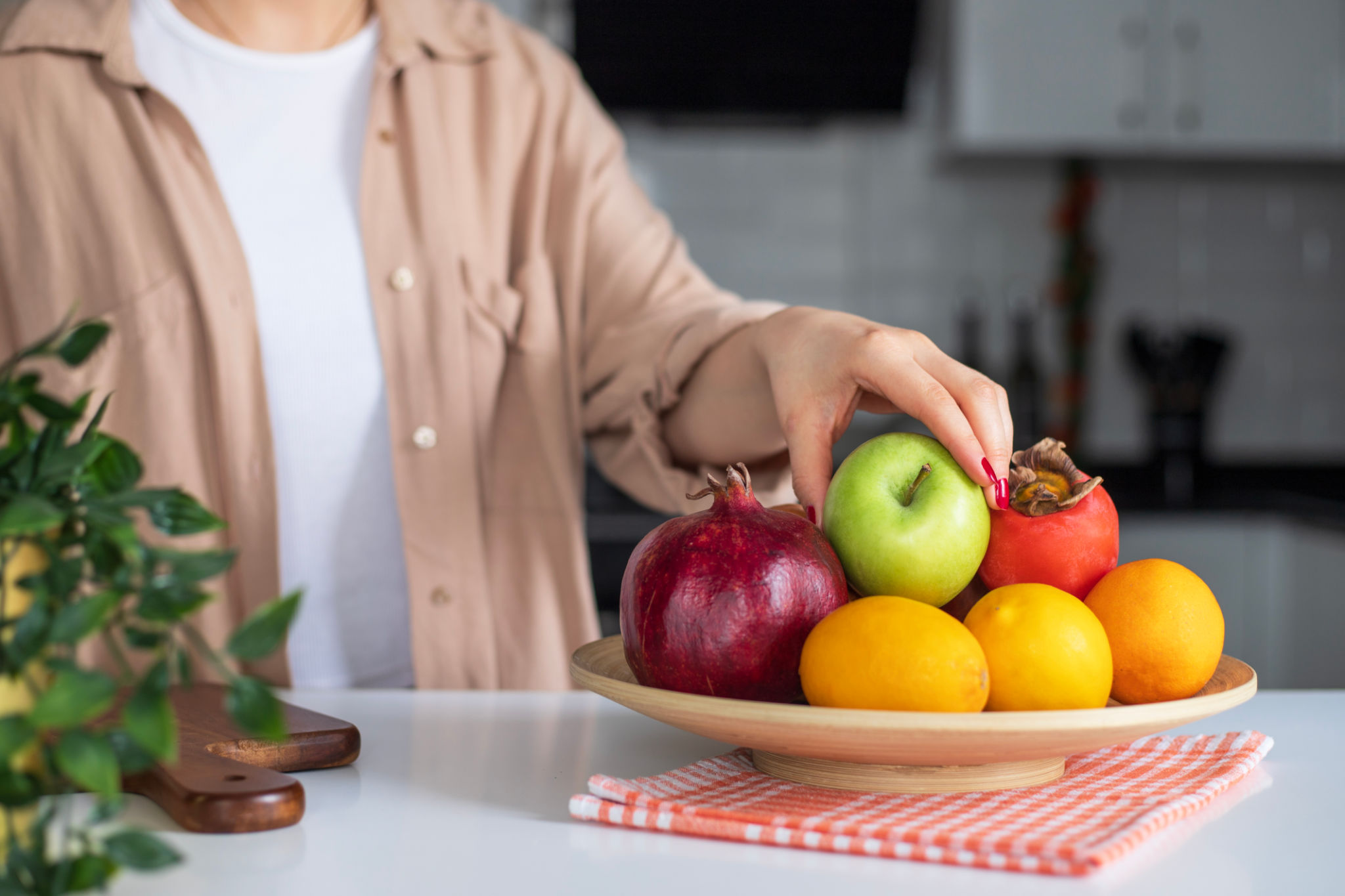Fruit Tree Planting Tips: What to Know Before You Start
Choosing the Right Location
Before planting a fruit tree, it's essential to select the right location. The spot you choose should have ample sunlight, as most fruit trees require at least six to eight hours of direct sunlight daily. Ensure the area has good air circulation to prevent fungal diseases and pests.
Consider the soil quality as well. Fruit trees thrive in well-drained soils rich in organic matter. If your soil is heavy clay or sandy, consider amending it with compost to improve its structure and fertility. Testing the soil pH can also be beneficial, as most fruit trees prefer a pH between 6.0 and 7.0.

Selecting the Right Tree
Once you have your location sorted, the next step is choosing the right fruit tree variety. Consider your climate zone when selecting a tree, as not all fruit trees grow well in every climate. Consult a local nursery or extension service for recommendations on varieties that thrive in your area.
Think about the space available in your garden. Dwarf varieties are ideal for smaller spaces and can even be grown in large pots, while standard-sized trees require more room to spread their roots and branches.

Planting Techniques
When it comes to planting your fruit tree, timing is crucial. The best time to plant is during the dormant season, usually late winter or early spring, before new growth begins. This allows the tree to establish roots before the growing season.
Dig a hole that is twice as wide as the root ball but no deeper. Place the tree in the hole, ensuring that the graft union is above ground level. Backfill with soil, water thoroughly, and apply mulch around the base to retain moisture and suppress weeds.
Watering and Fertilization
Consistent watering is essential for young fruit trees to establish a strong root system. Water deeply once a week, allowing moisture to penetrate into the root zone. As the tree matures, adjust watering to accommodate seasonal changes and rainfall.
Fertilization helps promote healthy growth and fruit production. Use a balanced fertilizer formulated for fruit trees and apply it according to package instructions. Over-fertilizing can lead to excessive leaf growth at the expense of fruit production.

Pest and Disease Management
Vigilance is key when managing pests and diseases in fruit trees. Regularly inspect your trees for signs of damage such as holes in leaves, discolored foliage, or stunted growth. Early detection allows for more effective treatment.
Employ organic pest control methods whenever possible, such as introducing beneficial insects or using neem oil sprays. Keeping your garden clean and removing fallen leaves and fruit can also reduce pest habitats and disease spread.
Pruning for Success
Pruning is vital for maintaining the health and productivity of your fruit tree. It helps improve air circulation, remove dead or diseased wood, and shape the tree for better sunlight penetration. Prune during late winter or early spring before new growth starts.
When pruning, focus on removing crossing branches and thinning out dense areas to allow light into the canopy. Regular pruning encourages robust fruit production and keeps your tree manageable in size.

Harvesting Your Bounty
Patience pays off when it comes to harvesting fruit from your tree. Knowing when to pick is crucial for optimal flavor and texture. Most fruits are ready to harvest when they easily detach from the tree with a gentle twist.
Keep in mind that some fruits may continue to ripen off the tree, while others need to be picked at peak ripeness. Refer to specific guidelines for each fruit variety to ensure you harvest at the right time.
Conclusion
Planting and caring for a fruit tree can be a rewarding endeavor that provides fresh produce right from your garden. By selecting the right location, choosing suitable varieties, and following proper planting and maintenance techniques, you can enjoy a bountiful harvest year after year.
Remember that each type of fruit tree has its unique requirements, so continue educating yourself and adapting your care routine as needed. With dedication and attention, your fruit trees will thrive and bring beauty and sustenance to your outdoor space.
